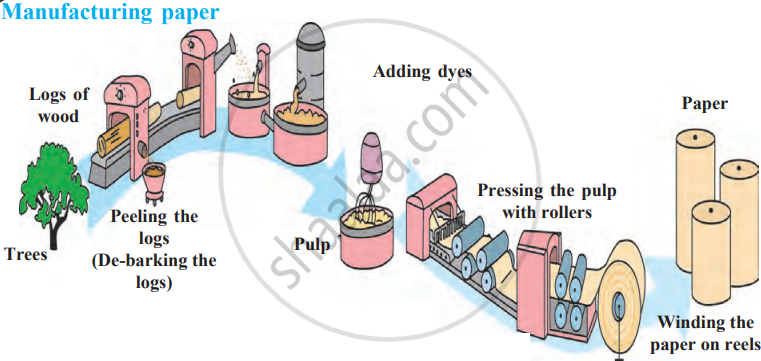Topics
Natural Resources – Air, Water and Land
- Natural Resources
- Atmosphere and Its Layers
- Air Around Us
- Composition and Components of Air
- Importance of Air
- Air Pollution and Its Causes
- Water: Our Lifeline
- Availability of Water
- Composition of Water
- Importance of Water
- Scarcity of Water
- Land
- Soil Formation
- The Importance of Conserving Earth’s Natural Resources
The Living World
Diversity in Living Things and Their Classification
Disaster Management
Substances in the Surroundings –Their States and Properties
Substances in Daily Use
Nutrition and Diet
- Nutrients and Nutrition
- Component of Food
- Carbohydrates
- Diseases Due to Deficiency of Carbohydrates
- Fats (Lipids)
- Diseases Due to Deficiency of Fats
- Proteins
- Diseases Due to Deficiency of Proteins
- Vitamin and Minerals
- Diseases Due to Deficiency of Vitamin
- Diseases Due to Deficiency of Minerals
- Fibre
- Diseases Due to Deficiency of Fibre
- Water
- Diseases Due to Deficiency of Water
- A Balanced Diet
- Nourishment and Malnutrition
- Food Adulteration
Our Skeletal System and the Skin
Motion and Types of Motion
Force and Types of Force
Work and Energy
- Force, displacement and work
- Energy
- The relationship between work and energy
- Forms of Energy
- Mechanical Energy
- Heat Energy (Thermal Energy)
- Light Energy
- Sound energy
- Chemical Energy
- Transformation of Energy
- Energy Resources
- Conventional energy resources or non-renewable energy resources
- Non-conventional energy resources or renewable energy resources
- Energy saving and green energy
Simple Machines
Sound
Light and the Formation of Shadows
Fun with Magnets
The Universe
- Paper Manufacturing Process
- The Importance of Using Paper Wisely
Paper Manufacturing Process:
Paper is a material that’s made from cellulose fibres, which come from plants like grass, wood, or recycled waste paper. These fibres intertwine to form a network, creating the sheets of paper we use.
- Coniferous trees like pine are often used to make paper because their wood is suitable for forming pulp.
- First, the bark is removed from the logs. The wood is then broken into small pieces.
- These wood pieces are mixed with chemicals and soaked for a long time. This mixture turns into a mushy substance called pulp.
- During this soaking, a chemical reaction helps separate the fibres needed to make paper.
- Sometimes, dyes are added to the pulp to make different colours of paper.
- The pulp is spread out and passed through rollers to squeeze extra water and form thin sheets.
- These sheets are then dried, and the paper is rolled onto reels.

The process of manufacturing paper
The Importance of Using Paper Wisely:
- Since paper comes from trees, using less paper means saving more trees. This is important for the environment.
- Don’t tear out blank pages in your notebooks. Use the blank sides of printed papers like advertisements, envelopes, and calendars for notes or crafts.
- Help and support those who collect and recycle paper. This process turns used paper back into usable paper again, reducing waste.
- Using a pencil and slate for practice can reduce your use of paper.
If you would like to contribute notes or other learning material, please submit them using the button below.
